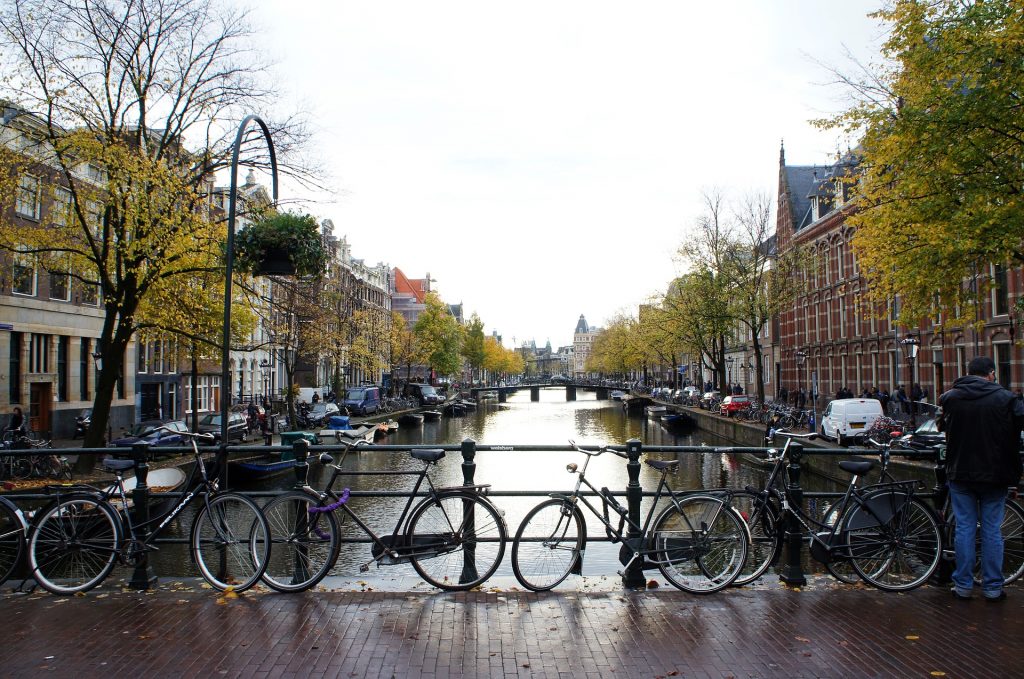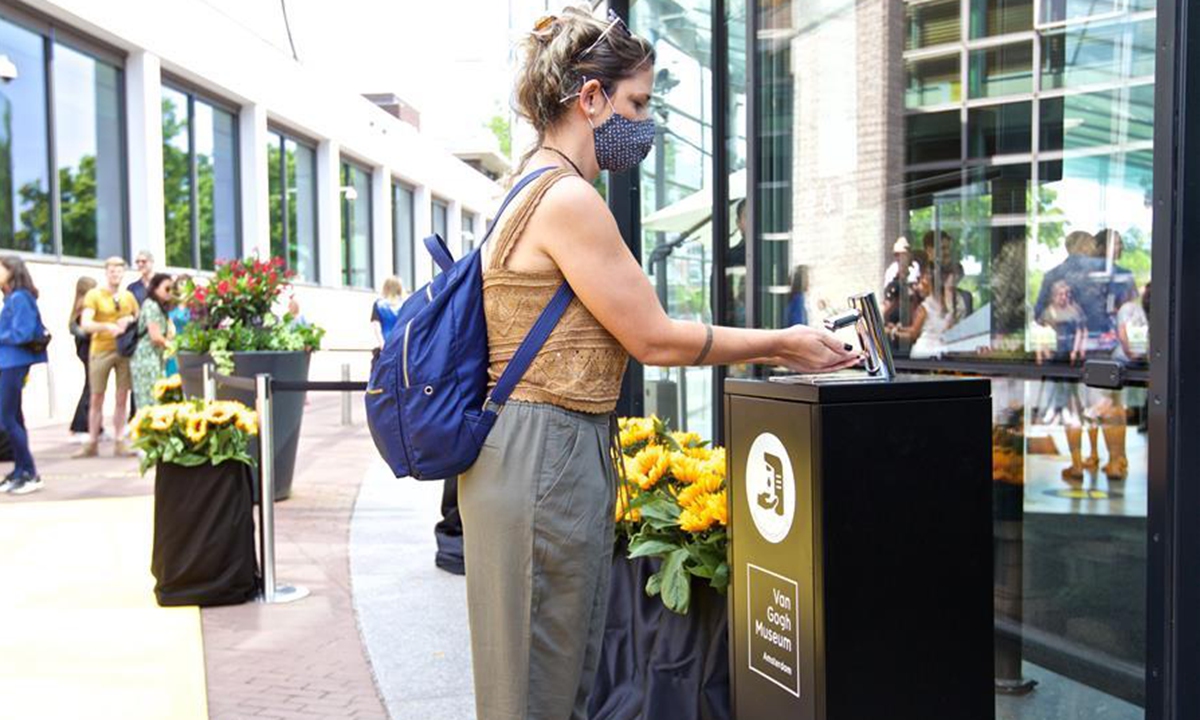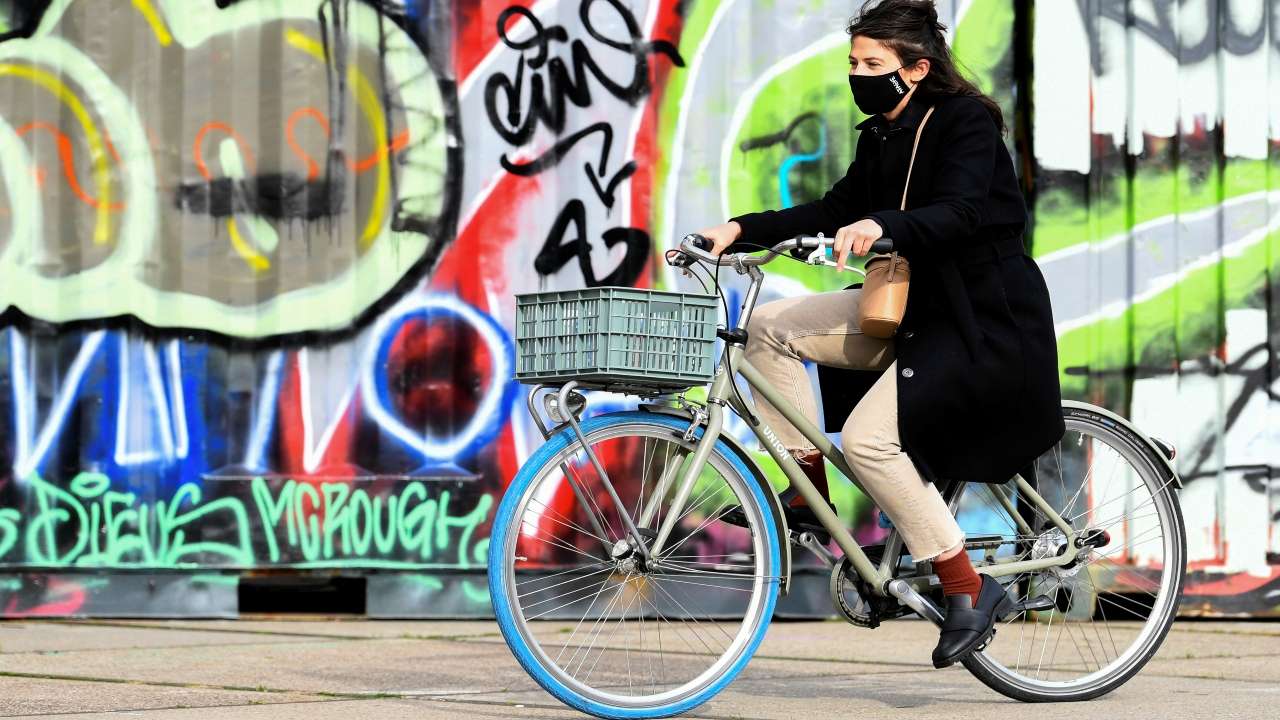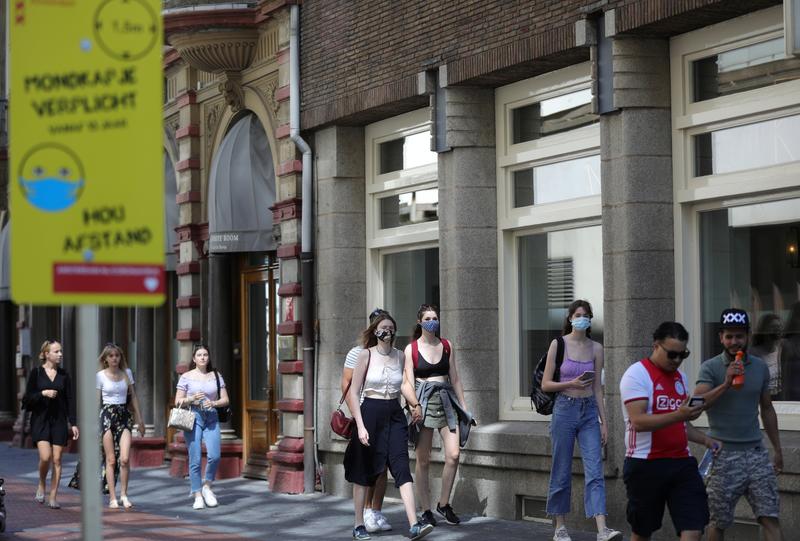Despite the corona pandemic, the Dutch economy is in relatively good shape
The COVID-19 pandemic has dealt a historic blow to the Netherlands’ economy, but a swift policy response, effective support to people and firms, and a workforce with comparatively strong digital skills have helped the country to weather the crisis relatively well. It is important to use the recovery to address long-term challenges including housing shortages, imbalances in the labour market and environmental pressures.

The crisis hit the Netherlands after years of strong growth, and a high degree of digitalisation and teleworking prior to the pandemic dampened the blow. Past fiscal prudence provided room for a strong government response, and swiftly implemented support measures for firms prevented a wave of bankruptcies and meant unemployment rose only slightly.
Up until now, the Netherlands’ government has adopted two emergency aid packages to mitigate the direct effects of COVID-19 on the economy and to provide temporary liquidity support to businesses, including loan support and tax deferrals, in order to avoid large scale increases in unemployment and insolvencies.
The country’s government has committed to firmly uphold the 2030 and 2050 mitigation goals, which ensure a green foundation under the economic recovery from COVID-19. The National Climate Agreement commits the government to reduce domestic GHG emissions by 49% in 2020 and the Climate Act includes a binding target to reduce domestic GHG emissions by 95% in 2050.

The outlook for the Dutch economy is favourable and permanent damage from the coronavirus crisis will remain limited. The economy will also grow more than expected, by 3.2 % this year instead of the 2.2 % growth expected in March. Despite the Corona pandemic, the Netherlands’ economy is in relatively good shape as the support policy worked well to dampen the effects on the labour market and production and to prevent major permanent damage.
Economic growth could be even higher if Netherlands residents start spending the massive amount in savings they built up last year, however, the population isn’t happy to run and spend their money so fast, which is understandable.
The Dutch Central Banks stated that the growth in the euro zone’s fifth-largest economy is expected to rebound to 2.2% in 2021 and 4.2% in 2022, following a historically deep 3.8% contraction due to the COVID-19 pandemic last year. Additionally, there were major concerns that the coronavirus crisis would lead to an increase in unemployment.
Those concerns proved to be largely unfounded as the Dutch government currently expects a decrease in unemployment, followed by an increase to 4.1 % of the working population next year. That is about the same level as the average unemployment in the years before the crisis.

The Netherlands, just like the rest of the EU states, has sent a plan to the European Commission for spending, including grants and loans to receive the unprecedented joint borrowing by the organization and rebuild the economy, as well as make it greener and more digital after the COVID-19 pandemic.
To get the money, The Netherlands has to earmark 37% of the funds to reduce CO2 emissions and 20% to make the economy better prepared for the digital age through investment and reforms that will get piecemeal financing from the EU until 2026.

A country’s economy is made in its regions, as that is where companies, knowledge institutions, governments and civil society organizations come together, and form specific clusters and strengthen the business climate. The Dutch provinces have produced a post-COVID 19 recovery plan for their regional economies.
It aims to recover and revitalize regional economies through an investment program aimed at sustainable innovation in the areas of labour market, circular economy, energy transition and digitalization.
The government is currently preparing its policies and measures for economic recovery, including green investments required to strengthen the economy’s sustainability. The package will be announced in mid-September. It is expected plans will also be aligned with the EU’s Recovery and Resilience Facility.